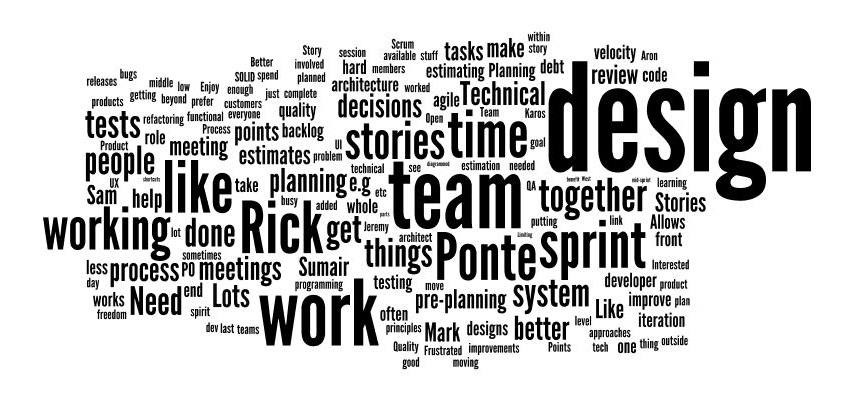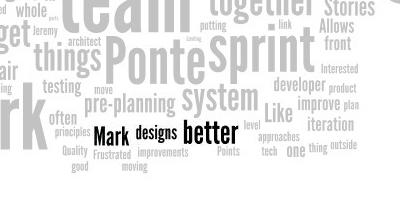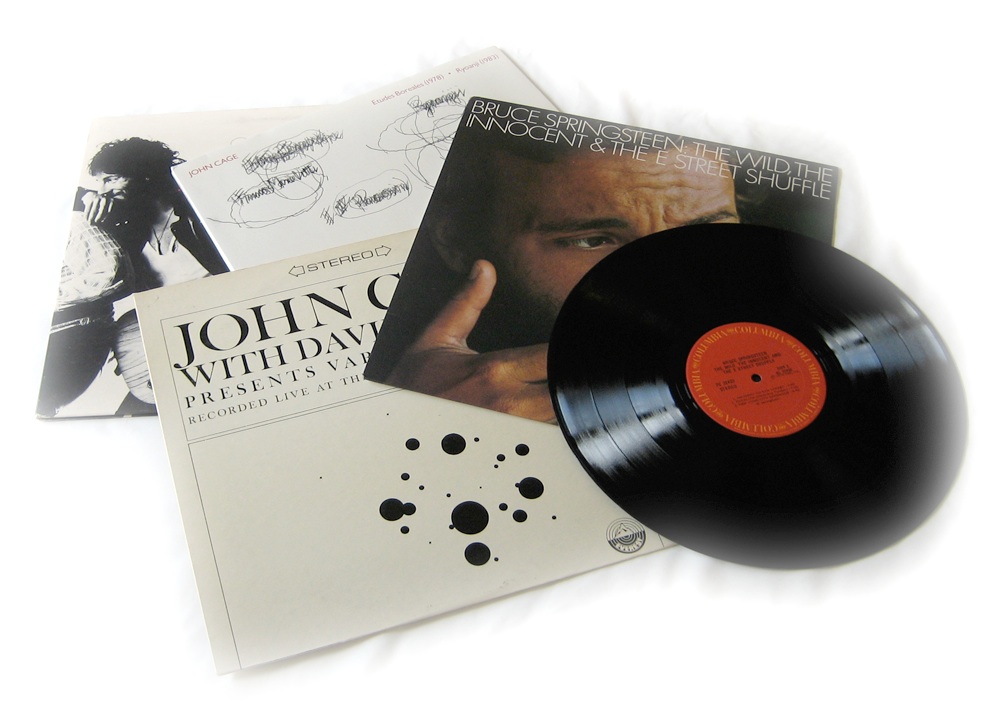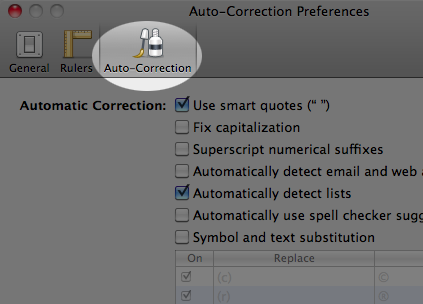I’m sure that most of you reading this will have seen Google’s Gmail Motion announcement on April 1, or one or more of the company’s many other foolish initiatives on that day. I love that they play this stuff straight, and that some of the jokes can be pretty ephemeral (like showing search results for “Helvetica” on that day using the widely-disparaged type face Comic Sans).
There are also hidden bits of whimsy in Google products that have been a round for a while, but which still make me smile. The question in search results for “recursion” is a favourite of mine. And when I occasionally look in my Gmail spam folder for missing messages, the ads that link to recipes that use Hormal Spam® are always welcome.
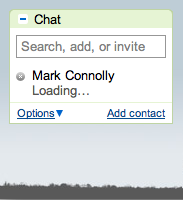
Sometimes the bits of whimsy are quite fleeting, but no less delightful when I notice them. I only recently discovered the messaging provided by Google’s chat functionality within Gmail. The company’s attention to details means that there are usually helpful status messages that explain what’s happening: “Loading…”
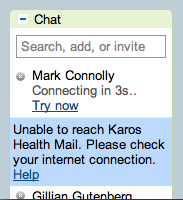
When there’s an interruption in service, Chat will try to reconnect. Again, a message provides details on what’s happening: “Unable to reach Karos Health. Please check your Internet connection.”
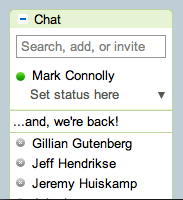
Of course, there’s also a message when the connection is restored. Evocative of a television talk show host announcing a return from a commercial break, the message “…and, we’re back!” is easy to miss, as it typically lasts only a few seconds. That means, though, that it’s also unobtrusive and it doesn’t get annoying. Lovely stuff!


